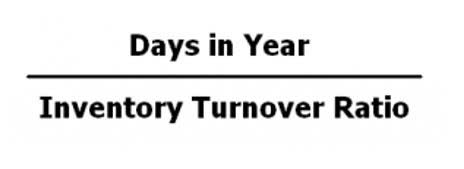
Income statement accounts underpin successful financial management by aiding in budgeting, financial analysis, risk assessment, and cash flow management. They help reveal how funds have been used and guide allocations for future actions, assisting in planning, strategic decision-making, and implementing control measures. As the example shows, understanding and applying these formulas give you the ability to ‘read’ the company’s income statement. You can comprehend not only their profitability but also the areas where costs might need to be controlled for increased profitability. A careful scrutiny of the Restaurant Cash Flow Management income statement reveals much more than just the gross profit or loss a company has incurred.
- It provides valuable insights into various aspects of a business, including its overall profitability and earnings per share.
- Next, the statement outlines the cost of goods sold (COGS), which includes all direct costs related to the production of goods or services sold.
- These figures are subtracted from operating income to determine net income, a key measure of a company’s profitability.
- Use the P&L to see whether you have a net income (yay!) or loss (boo) for the time period on the last line of your income statement.
- This way, the horizontal analysis makes it easier to compare two or more points within the reporting period.
Operating Expenses
Since it which accounts are found on an income statement doesn’t represent the complete income, the partial income statement are often not for external uses and auditors don’t certify them. Advertising expenses are nothing but the costs of marketing that you need to enlarge the client base. They cover advertisements in the online media and print, as well as video and radio ads. Equity, also called net assets, represents the company’s assets minus their liabilities. Current AssetsCurrent assets, often considered short-term assets, can be converted into cash within the firm’s fiscal year. Assets represent what the company owns and are categorized as current and non-current assets.

Statement of Retained Earnings vs Income Statement Differences and Similarities
Both operating and net income are crucial for understanding a company’s finances. Operating income offers insights into the company’s main business effectiveness. Net income gives a fuller picture, including all income and expenses. The main difference between operating income and net income lies in what they measure.

Related AccountingTools Course
In the case of a corporation, the equity account is Retained Earnings. In the case of a sole proprietorship, the equity account is the owner’s capital account. As a result, the income statement accounts will begin the next accounting year with zero balances. This represents the profit made from selling goods before accounting for other costs like operating expenses. For example, if you were to look at a trial balance on December 31, 2020, it would show the balances of all accounts on that date.
- The contribution margin format allows the company’s executives to see the relative profitability of its products or other segments.
- You can also look at QuickBooks Online subscription levels and see a comparison of QuickBooks vs. Xero accounting software.
- The final line on the statement provides your net profit or loss, which is calculated as the difference between your revenue and all of the expenses paid to earn that revenue.
- Statement of Retained Earnings and the Income Statement both provide financial information about a company.
- Understanding this separation is crucial for reading income statements.
Examples of non operating revenue on income statement

The trial balance is useful to spot errors in a company’s accounting, hence, it is used for things like balance sheet substantiation. The income statement formula outlines 3 key values that can be derived from the statement of operations. These three values determined by the income statement formula include gross profit, operating income, and net income. Some financial ratios are also calculated as you move down the income statement. Online Accounting We will show you how the order of income statement accounts is reported and also how the values and some ratios are determined. A high operating profit margin indicates that a company is efficient and has good control over its costs.

